Bar types
In the bar module the following bar types are supported.
Removable prosthesis bar types
| Name | Description |
| Round | Bar with riders. The length of the riders cannot be adjusted. |
| Dolder | There are different kind of Dolder bar types: - Macro: common Dolder bar type. Gold riders can be used upon request. - Micro: when spacing is an issue. The riders are smaller. - Resilient: oval shaped, the bar can move back and forth in the lingual / buccal axis. - Rigid: the design has an inverted U shape. Dolder Rigid Macro height is 3.0 mm. Dolder Rigid Micro height is 2.3 mm. Dolder Resilient Macro height is 3.0 mm. Dolder Resilient Micro height is 2.3 mm. Riders used with Dolder bars come in 50 mm lengths which can be cut down to the required size. This provides flexibility when it comes to placing the riders on the bar. |
| Hader (also called Preci-Horix or Ackerman) | Hader bars can be made with a reinforcement around the soft tissue. Hader riders are 5 mm long. This bar type is also called a Preci-Horix or an Ackerman bar. |
| Free-form milled (also called primary bar, Locator bar or square bar) | Commonly used for removable restorations, using ball attachments or locators. The bar can be modified in many ways. Several types of attachments are available. Dolder and Hader distal extensions can also be used. This bar type is also called a primary bar, locator bar or square bar. |
| Paris | The gingival surface of the bar is in metal, highly polished allowing easy cleaning. It can be made to contour the soft tissues, and is particularly useful in maxillary cases. Several types of attachments are available. |
Fixed prosthesis bar types
| Name | Description |
| Montreal | The gingival surface of the bar is in metal, highly polished allowing easy cleaning. It can be made to contour the soft tissues. Retention is provided by finish lines and retention holes, which are drilled in the upper section of the bar (the raised ridge) from buccal to lingual. The acrylic will penetrate the holes during processing and will harden in place, providing sufficient retention to the restoration. |
| Montreal with metallic lingual (also called lingual band) | The gingival surface of the bar is in metal, highly polished allowing easy cleaning. The gingival surface extends through the lingual portion, up to the collar of the teeth. It can be made to contour the soft tissues. Retention is provided by retention pins added to the buccal surface of the bar at roughly 90 degrees from the surface. The retention pins offer two levels of retention, so if they are too long, they can be cut off to keep only one level of retention. Retention pins can also be removed, and threads can be used for retention. This bar type is also called a lingual band bar. |
| Wrap-around | This is a popular option because the design is easy, making it a time efficient choice. It also offers the most compact choice for fixed restoration. The shape of the bar ensures mechanical retention and the acrylic thickness determines the restoration success. The design of the bar provides sufficient retention for the acrylic. This bar type is also called all-on-4 or acrylic enclosed bar. |
| Hybrid | The shape of the bar ensures mechanical retention and the acrylic thickness determines the restoration success. In addition to the basic retention qualities of this bar type, retentive 'bump' elements may be added to the bar design. With the high shaping potential provided for the anterior region, more complex shapes can be fabricated. Optional Montreal highly polished titanium intaglio surface is also available on this bar type. |
Examples
| Bar type | Example | Design |
| Round |  |
 |
| Dolder | 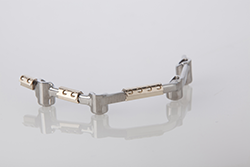 |
|
| Hader | 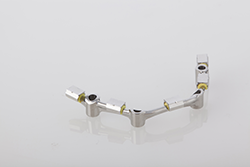 |
|
| Free-form milled | 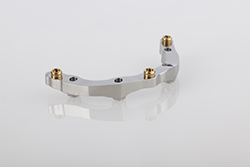 |
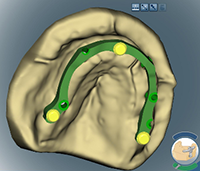 |
| Paris |  |
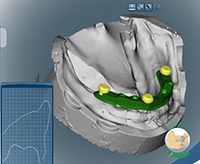 |
| Montreal | 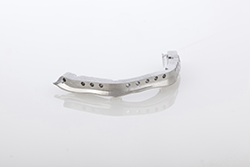 |
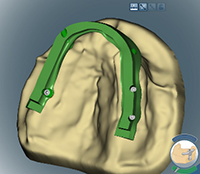 |
| Montreal with metallic lingual |  |
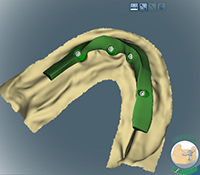 |
| Wrap-around | 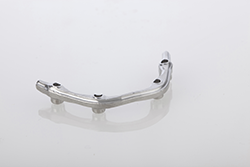 |
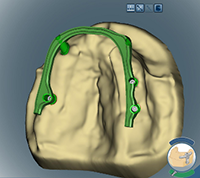 |
| Hybrid | 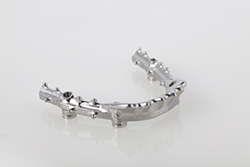 |
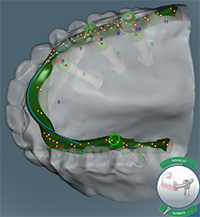 |